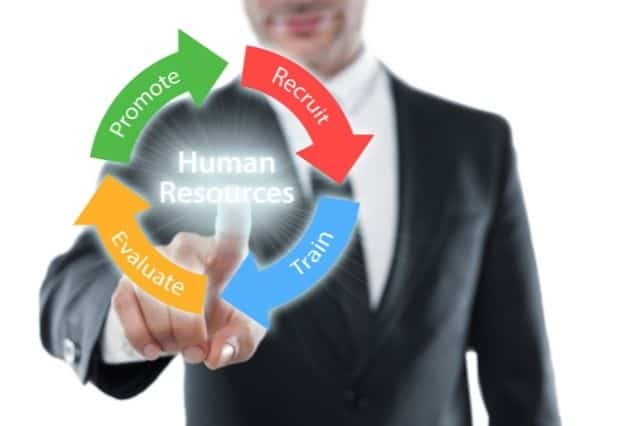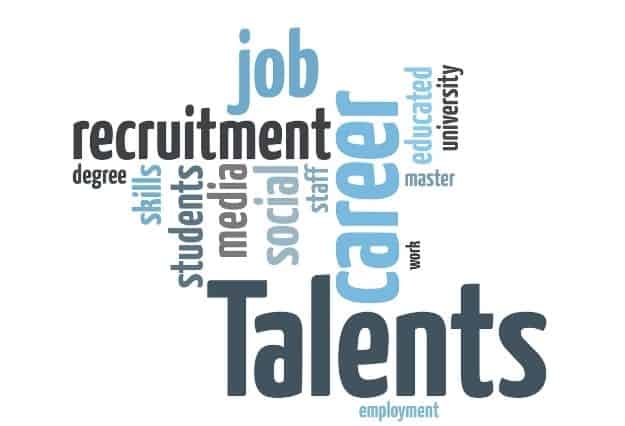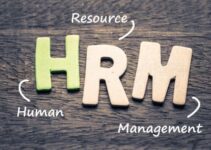Human Resource Management Challenges
As HR departments continue to grow to conform to the demands of a fast-paced, computerized environment, employers are faced with a new set of challenges every year. Even so, 2021 vows to be no different as organizations try to identify, develop and reserve talent in the most effective way.
Feedback and engagement platforms such as Betterworks Engage are delighted to see what businesses and their significant assets (employees) achieve every year and, as usual, prepare them for challenges that may emerge.
As a result, we’ve garnered a list of ten challenges HR departments anticipate in 2021. And all that is required from you as an organization is adequate resources, attention, and effort to prevent obstacles in accomplishing goals.
That said, you need to be predictive, keeping one organizational eye on the present and the other one on the future to prepare your business, employees, and stakeholders against these challenges so that 2022 can be a fulfilling and productive one.
10 Human Resource Management Challenges
There are new challenges for Human Resource Management every year. That said, organizations, and specifically in the HR department, must be ready to battle every hurdle that’ll come their way.
1. Engaging the Workforce
Employee engagement plays a significant role in the overall health and future possibility of any organization. For that reason, HR departments have made it a top priority in their workforce engagement strategies.
As employee engagement continues to evolve, businesses are becoming more people-centric, putting their workforce at the center of virtually all strategies and decisions. And because employee engagement doesn’t develop overnight, organizations need to be calculative and persistent to thrive.
While there’s a lot on the table, 15 percent of employees already feel engaged with their work, co-workers, and even employers. And with engaged employees exhibiting higher productivity than those not actively engaged, businesses should reconsider their engagement strategies to ensure they cover all the necessities in the future.
That said, management must be quick in the procedures and policies they adopt to help authentic engagement thrive. Businesses should also train their managers, including deskless employees, to engage with work, co-workers, and employers to facilitate engagement within their positions.
2. Management Changes
As a business develops, everything around it, including the structure, strategies, and internal processes, evolves with it. Some employees often find it hard to cope with such changes, and as a result, companies start to experience a decrease in productivity and morale.
During this phase, business owners should emphasize the benefits of the change for everyone. You can communicate this through staff meetings to help your team understand better the how, why, and when of the change. That way, they will be able to accept and participate in the project.
3. Managing Relationships
The productivity and satisfaction of any organization depend on a fair-minded workplace with open communication and dynamic relationships. Similarly, an organization’s well-being relies on its assumptions about what its workforce truly values and anticipates. To facilitate healthy, productive relationships, employers should consider feedback an essential feature of a competitive workplace.
What’s more impressive about the feedback protocol is that businesses can rely on precise and well-timed data to control decisions that directly affect a workforce and effectively manage relationships between employees and co-workers, team, and management. Nothing deteriorates an organization’s culture as corroded relationships; however, business owners can identify problems beforehand with an effective feedback strategy.
4. Leadership Development
Leadership development is another challenge that continues to affect human resource management day in and out. Therefore, HR departments have solidified ways to provide their professionals with essential tools, structures, processes, and points of view to select future organizational leaders.
According to the WFPMA, leadership development has been advocated by many to ensure that qualified employees are retained and that the organization’s culture supports internal performance to attract market position. Besides, managers are equipped with leadership roles so that the organization is manageable in the future.
5. Recruiting Talented Employees
Recruiting talented employees calls for a significant investment of time and money, which is why entrepreneurs find it challenging to balance between hiring the right people and keeping a business running. Additionally, it can be downright frustrating to identify a potential candidate until they’ve worked for you for a couple of months.
One of the best ways to identify the right employees for your business is to use a staffing agency. They offer temp-to-hire solutions that let you try out new workers with little to no risk. Not only will this save you time, but also money and frustration. Who knows—you might even find an executive employee or a partner to collaborate with in the future.
6. Training & Development Strategies
Let’s face it—running an organization without training and development strategies can be a significant loss to HR departments and employers as well. Organizations need to allocate adequate resources and emphasis towards this critical component of productivity and satisfaction. Initially, training and development were perceived as a retrospective cost rather than an investment into innovation, stability, and competitive advantage.
However, that doesn’t mean that such programs must be costly or time-consuming to be effective. On the contrary, organizations should take an approach that leverages the reach and convenience of technology to make the program cost-effective and flexible. That way, employees can quickly understand while trying to fit the sessions into their plan.
Also, as millennials continue to ascend the organizational rank and career path planning as part of a training and development strategy, it becomes easy for business owners to define an employee’s approach within a company. And when that approach is charted correctly, it eliminates much of the career-focused uncertainty that leads to attrition, which decreases the quality of management within an enterprise over time.
7. HR Effectiveness Measurement
Knowing how effective your organization is is very important. You can’t improve if your organization doesn’t have the necessary tools to help you measure the effectiveness of your HR. You need to measure results—transaction management and its influence on your business. And most scholars have predicted that organizational effectiveness will be HR’s worst nightmare in the future—so it would be better addressed now.
And the World Federation now points out that instead of just measuring the effectiveness of HR, organizations should now strive to measure the entire business to determine how well it’s doing compared to its competitors. This will be a significant step if companies and organizations move from just getting the numbers hired to determine the organization’s ROI of collective hires on long-term plans. Besides, this approach will also ensure that both ‘bad’ and ‘good’ turnover are considered, including the hires’ replacement costs.
8. Workplace Diversity
There are a lot to talk about under workplace diversity—cultural and ethnic differences. In other words, many generations must be treated equally. But that’s not just the only challenge the Human Resource Management faces—failing to protect their employees from harassment will also draw attention.
Create a teamwork culture—with respect if you want a positive work environment that will help you get the best out of your employees. Besides, you may also need to implement a diversity training program to supplement the culture you’re trying to cultivate in the workplace.
9. Employee Health & Well-Being
Living and staying healthy is instrumental in a person’s life—and that includes their career. And because your employees are your most valuable assets, you need to ensure that they’re healthy, productive, and satisfied at the workplace. According to Humana, 67 percent of healthy employees are more effective. Therefore, you must maximize on collecting health for your workforce and take advantage of the accompanying benefits.
On the other hand, employees should emphasize a work-life balance to help form a healthy foundation for the team. And when you introduce employer-sponsored stress management, general wellness programs, and regular exercises, you can facilitate a healthy team that’s more happy and productive at work.
If we look at the cost side of things, healthy employees will reduce the chances of absenteeism and other benefit costs. And it doesn’t have to be tricky challenging the management that healthcare benefits won’t be getting less expensive anytime soon. That said, with a quick headline review, the management can understand the importance of keeping employees healthy as they’ll be aware of the many benefits that come with a healthy workforce—from increased productivity to reduced absenteeism cases.
10. Understanding Benefits Packages
One of the biggest nightmares of small businesses is the Affordable Care Act. Companies are now forced to either take a hit or transfer the healthcare costs to the employees. And because the best packages are deciding factors for potential recruits, it would help if you understood them.
Small businesses—with less than 50 employees enjoy the various options for healthcare benefits. The first option can be to purchase a plan from the Small Business Health Options Program. With this, you can access tax credits, which can play a significant role in offsetting costs.
Besides those, below are other benefits you should watch out for:
- Wellness programs
- Commuter benefits
- Free snacks
- Unlimited vacation time
- Flextime
Final Thoughts
There are new challenges for Human Resource Management every year. That said, organizations, and specifically in the HR department, must be ready to battle every hurdle that’ll come their way. Now that you know some of the most common HRM challenges, you can now develop ways to avoid them or solve them if they already exist within your workplace. The most important thing is to make sure that you’re aware of the potential Human Resource Management challenges and that you’re prepared whenever they come.











